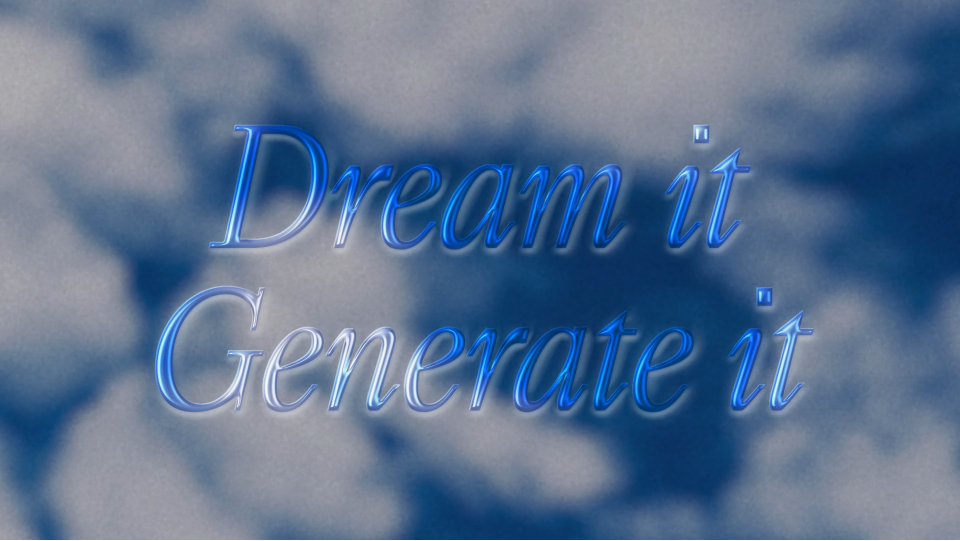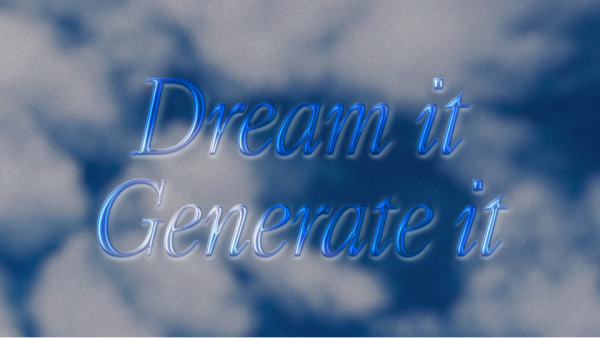Introducing the Palm Generative Art Maker.


Generative art represents a powerful new medium for creators. It changes the way design has historically worked. Instead of making what you know, you create the conditions for what you want to accomplish. It’s like laying down seeds for a garden. You’re not creating a singular bouquet. You’re creating a flowerbed. With generative design, you get to spend more time developing good ideas and stories that can be deployed on a much larger scale.
Today, generativity is changing the way we create, experience, and collect digital art. It’s become broadly adopted as a guiding principle to brand design. And here, it’s been an essential part of our development process.
Over the past few months, we’ve been working on building a generative art pipeline for NFT experiences. Today, we’re happy to share the Palm Generative Art Maker with the rest of the community.
The Palm Generative Art Maker is the first, and only, generative art tool that’s built with Unreal Engine. With the pipeline, you can create large libraries of highly customized 3D assets for digital experiences like games, apps, loyalty programs, and social libraries. You can create cohesive, narratively rich NFT experiences that span collectibles and generative storytelling. You can grow the world of your brand, with a resource for bringing dynamic asset and design systems to life, across millions of permutations.
By sharing this free tool, our goal is to make generative art more accessible to more creators.
Individuals and small teams can use the Palm Generative Art Maker for creating collections that would otherwise be too ambitious for those without programming knowledge or 3D generalist experience.
All teams can benefit from faster render times, which vastly reduce the turnaround, and cost, for testing assets and samples (especially for animated assets). You don’t need to use render farms or multiple workstations.
The Palm Generative Art Maker was designed for collaboration. Version control software built for game art development supports teams, protects against overwriting files, and reduces storage costs. Creative and dynamic metadata and trait naming functionality allows for deeper integration between art and story inputs, and provides greater control over the end user experience. This support is part of the tool; streamlining a process that’s typically much more difficult to program into a collection.
If you’re new to 3D, you can access robust developer support and documentation through the Unreal community, with tutorials to help you navigate the 3D software learning curve, beautiful free assets and templates from Epic, and easy-to-use marketplaces for buying meshes, materials, and scenes.
Ready to get started? Explore the tool and documentation, here. If you have questions, comments, or want to share work with us: hit us up in Discord. We can’t wait to see what you make. <3







